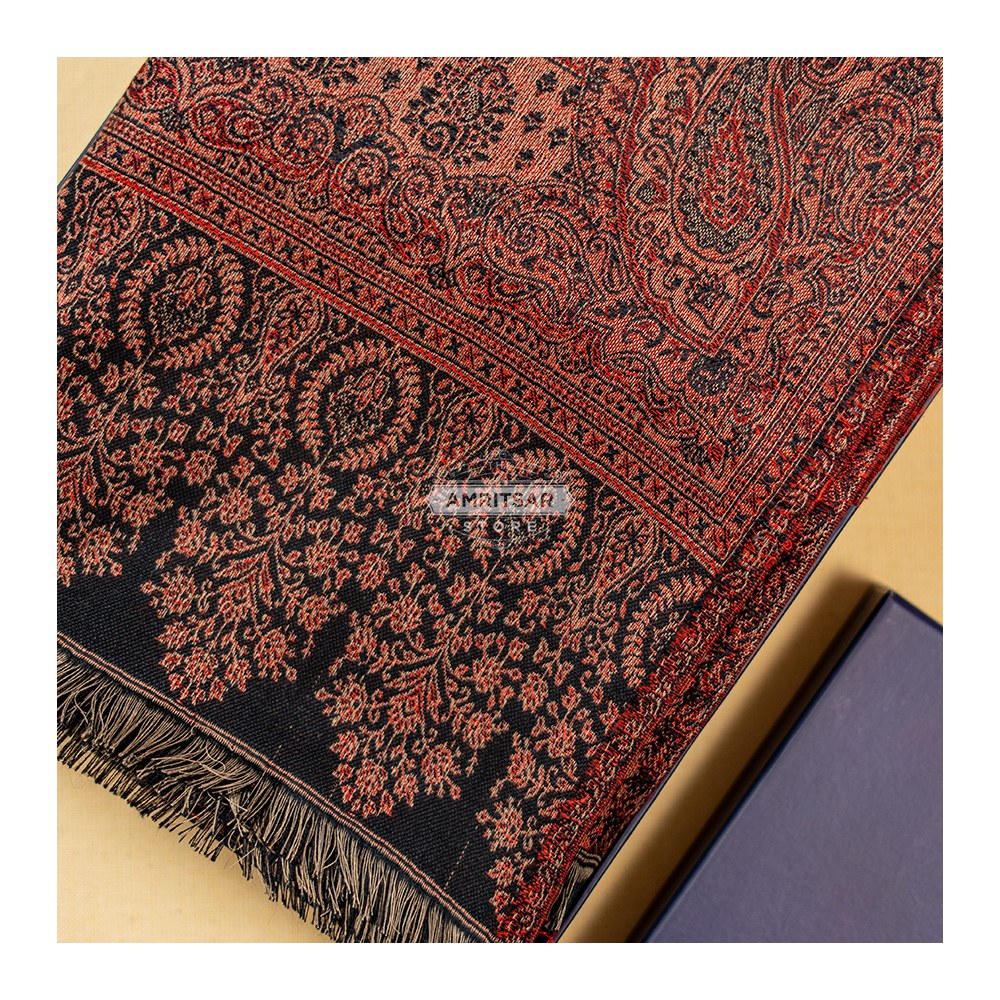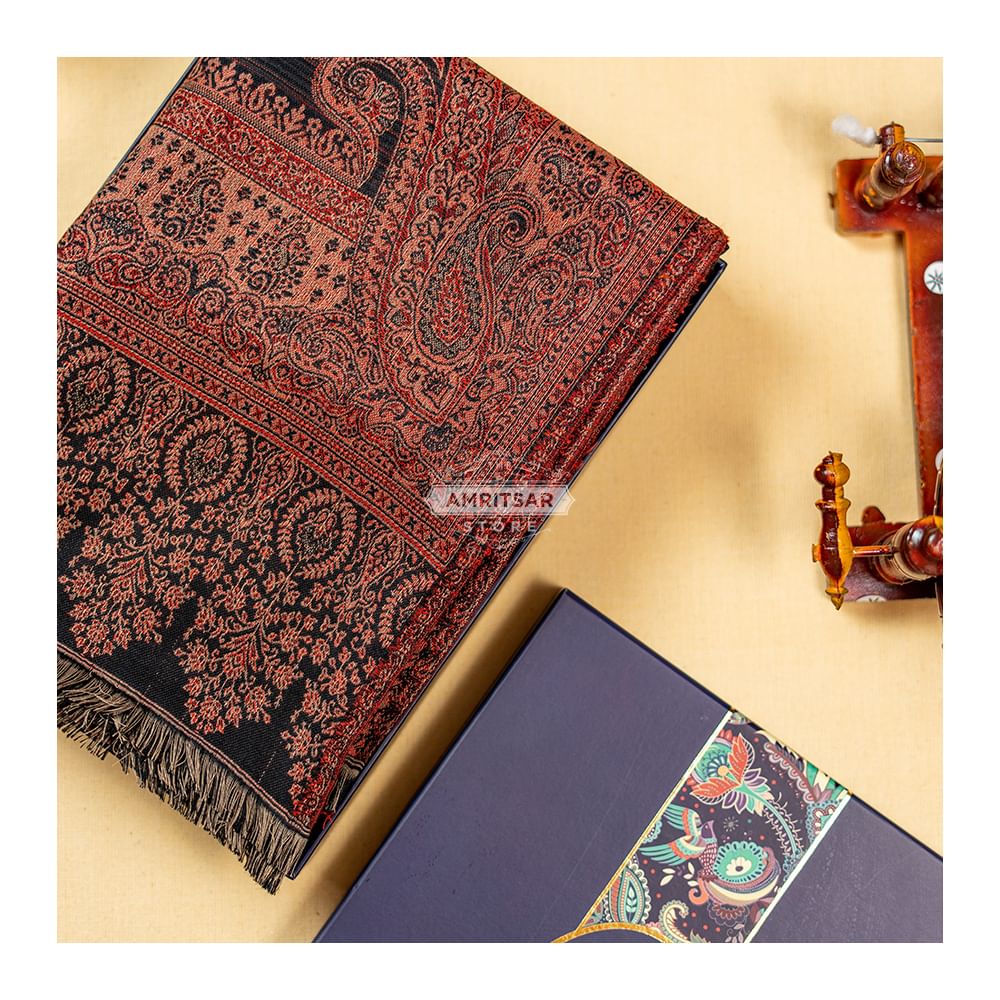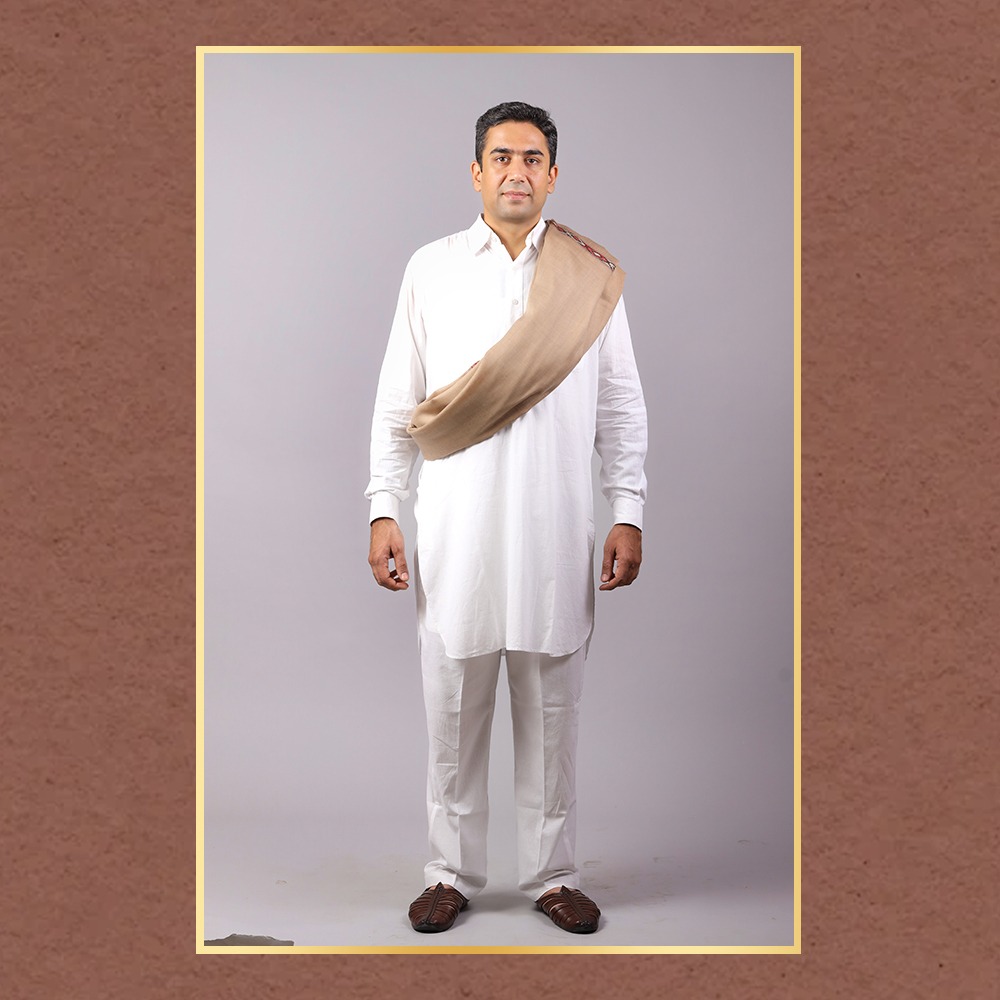History and Significance of Pashmina Shawls. Reasons Why Pashmina Shawls are Popular
History and Significance of Pashmina Shawls. Reasons Why Pashmina Shawls are Popular
Introduction:
The Pashmina shawl, renowned for its unparalleled softness, warmth, and exquisite craftsmanship, holds a special place in the world of fashion. Originating from the mountainous regions of Kashmir, this luxurious accessory has gained international recognition for its timeless beauty and quality. In this article, we will delve into the history, popularity, and unique characteristics of the Pashmina shawl.
Understanding Pashmina Shawl:
Pashmina, derived from the Persian word "pashm," meaning "soft gold," refers to the fine, lightweight wool obtained from the underbelly of the Capra hircus goat, commonly known as the Himalayan or Changthangi goat. These goats reside in the harsh climates of the Himalayan regions, including Kashmir, Nepal, and Tibet. The wool, painstakingly collected during the spring molting season, is renowned for its exceptional softness, warmth, and durability.
History and Cultural Significance:
The origins of the Pashmina shawl can be traced back centuries ago to the Kashmir Valley in Northern India. The art of weaving and crafting Pashmina has been passed down through generations, and it holds great cultural significance for the people of the region. It is believed that Pashmina shawls were initially woven for royalty and aristocracy, symbolizing wealth, prestige, and luxury.
The intricate weaving techniques and motifs of Pashmina shawls showcase the rich cultural heritage of Kashmir. Traditional patterns often feature intricate paisley designs, delicate floral motifs, and geometric shapes, representing a fusion of Persian, Mughal, and Kashmiri influences. These shawls were not only regarded as a status symbol but also held sentimental value, often passed down as family heirlooms.
Unmatched Softness and Warmth:
The primary reason for the widespread popularity of Pashmina shawls lies in their unparalleled softness. The fine fibers of Pashmina wool are incredibly thin, making them softer than cashmere and silk. When woven, they create a lightweight and luxurious fabric that delicately drapes around the body, providing unparalleled comfort.
In addition to their softness, Pashmina shawls are renowned for their exceptional warmth. The unique properties of the Pashmina wool, such as its ability to trap air between the fibers, make it an ideal insulator, keeping the wearer cozy even in cold climates. This combination of softness and warmth makes Pashmina shawls an ideal accessory for both style and functionality.
Exquisite Craftsmanship and Artistry:
The creation of a Pashmina shawl involves meticulous craftsmanship and attention to detail. The entire process is carried out by skilled artisans who possess a deep understanding of the art of weaving and embroidery. From combing and sorting the wool to spinning, dyeing, and weaving, each step requires precision and expertise.
Embroidery is a significant aspect of Pashmina shawls, with intricate designs often adorning the borders and the body of the shawl. The embroidery work is typically done by hand using fine needles and silk or metallic threads, adding an extra layer of beauty and intricacy to the shawl. These exquisite details reflect the dedication and artistry of the artisans, making each Pashmina shawl a unique masterpiece.
International Recognition and Popularity:
Over the years, the Pashmina shawl has gained immense popularity and has become a coveted fashion accessory worldwide. Fashion connoisseurs, celebrities, and designers recognize its timeless elegance and versatility. Pashmina shawls have been featured in prestigious fashion shows, red carpet events, and high-end boutiques.
The global demand for Pashmina shawls has led to an increase in production




